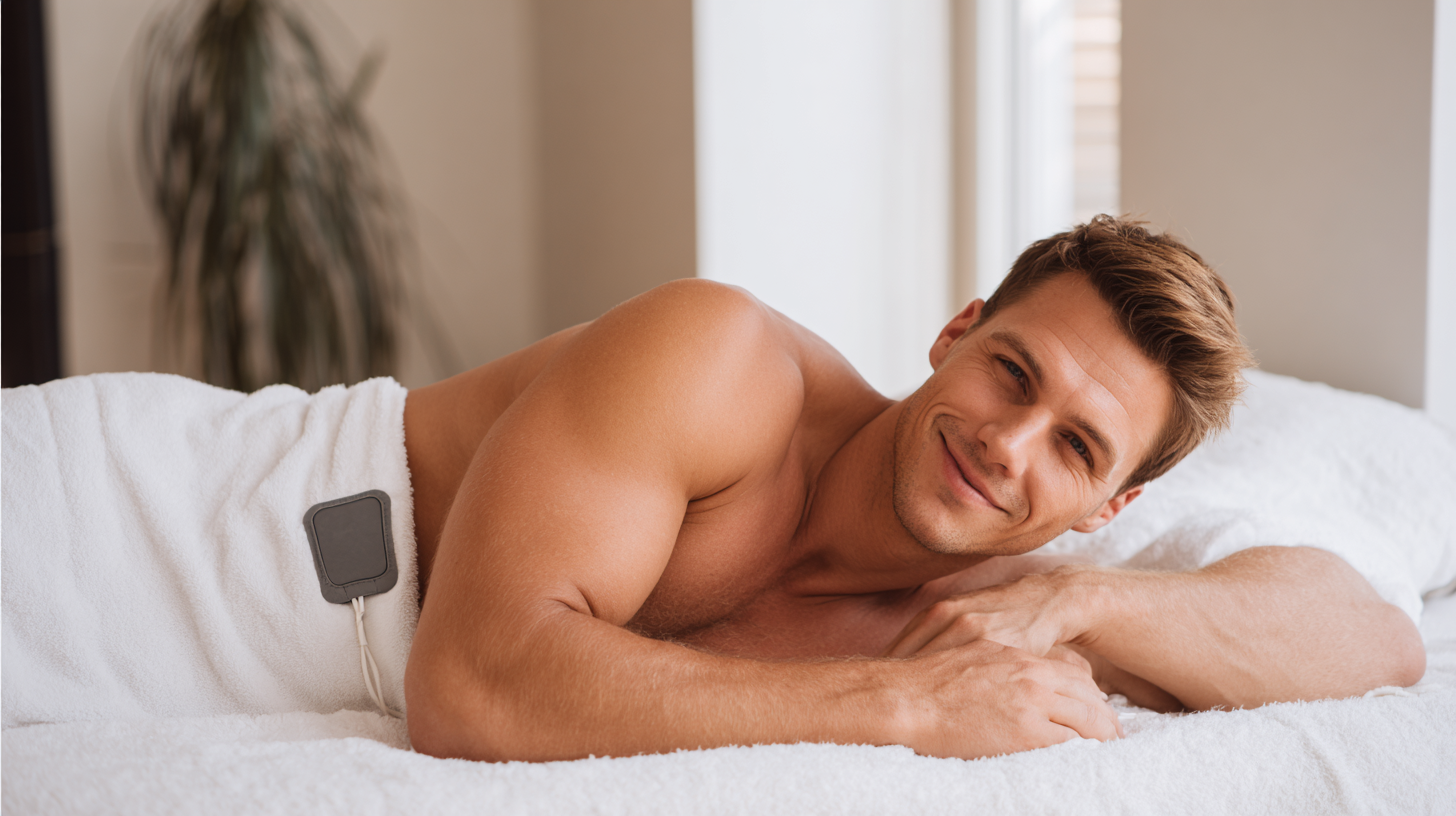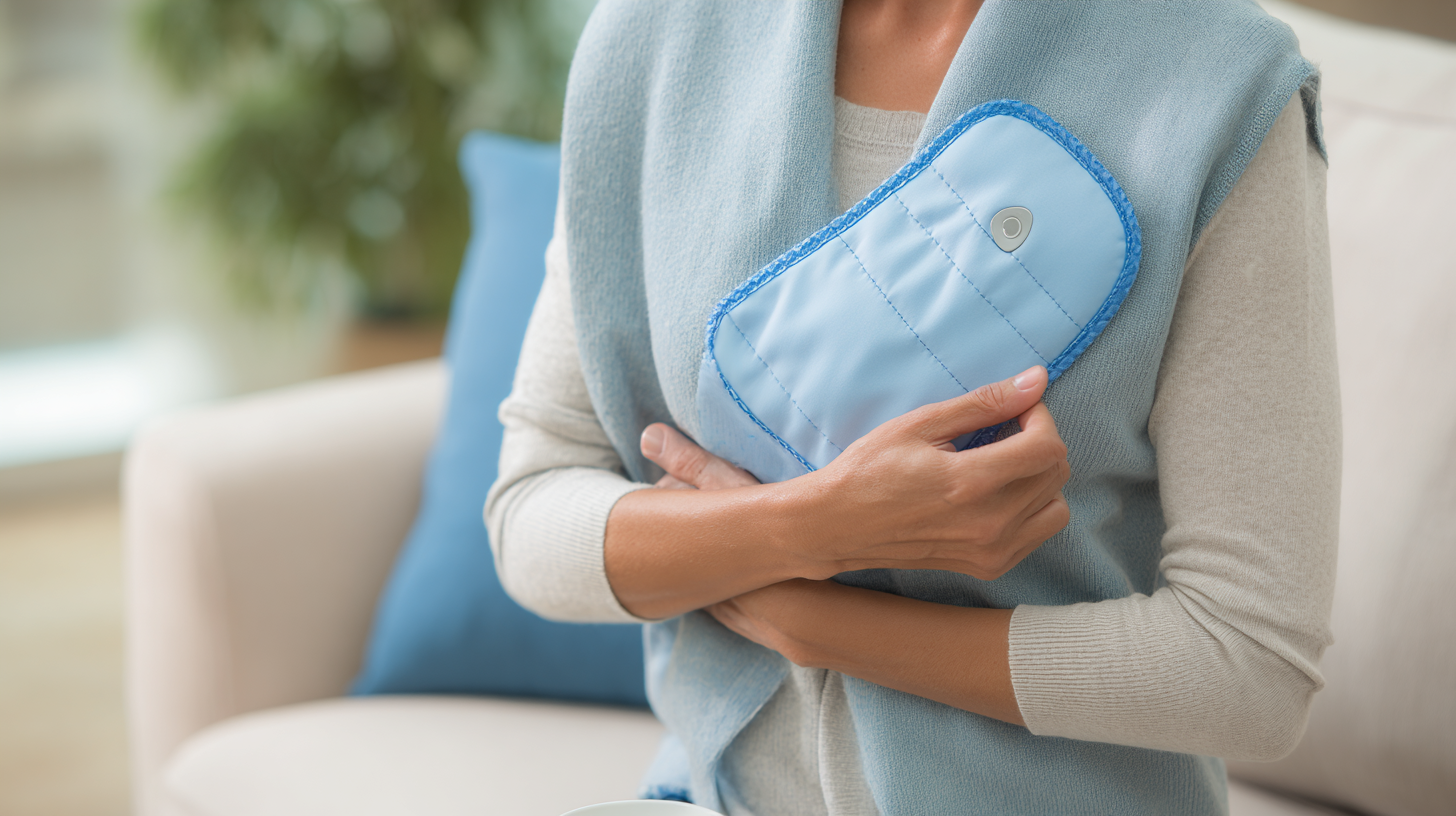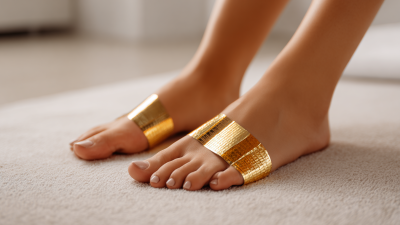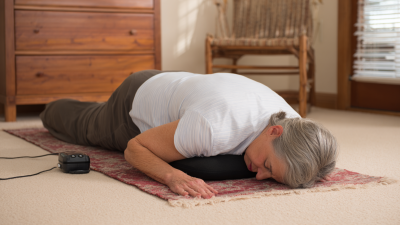As the demand for effective pain relief solutions continues to rise, the use of a Heating Patch has emerged as a popular choice among consumers seeking comfort from various aches and pains. According to a report by the Global Pain Management Market, which is projected to grow at a CAGR of 5.5% from 2021 to 2028, non-invasive therapies like heating patches are gaining traction due to their ease of use and accessibility.

Heating patches offer a targeted heat therapy that can alleviate muscle tension, enhance blood circulation, and provide soothing comfort to those suffering from chronic pain. Additionally, a study published in the Journal of Pain Research highlighted that heat therapy is an effective treatment option for conditions such as arthritis and menstrual cramps, solidifying the heating patch's role as a vital tool in pain management. As we explore the numerous advantages of using a Heating Patch, it becomes apparent that this simple yet effective solution can significantly improve quality of life for many individuals.
Heating patches are a popular choice for pain relief due to their effective mechanism of action. The science behind these patches lies in their ability to deliver consistent warmth to the affected area, improving blood flow and promoting muscle relaxation. When applied to sore muscles or joints, the heat from the patch penetrates deep into the tissues, increasing the temperature of the area. This increase helps to alleviate discomfort by soothing inflammation and facilitating the healing process.
Moreover, heating patches release their heat over an extended period, allowing for prolonged relief without the need for constant reapplication. The heat not only reduces pain but also helps to decrease stiffness, making it easier for individuals to move freely. By understanding the physiological effects of heat therapy, it becomes clear why heating patches are an effective tool for managing chronic pain, muscle strains, and other discomforts. Their convenience and ease of use make them a favored option for those seeking non-invasive methods to improve their overall comfort and well-being.
Heating patches have gained significant popularity as a practical alternative to traditional pain relief methods, such as oral medications, physical therapy, or invasive procedures. One key advantage is their ability to provide targeted and immediate warmth directly to the affected area, promoting increased blood circulation and muscle relaxation. Unlike medications that can have systemic side effects and may not be suitable for all patients, heating patches offer a non-invasive option that many find more comfortable and effective for managing pain, especially chronic conditions such as back pain or menstrual cramps.
In comparison to conventional therapies, heating patches also present a significant advantage in convenience and ease of use. They can be applied quickly and adapted to various activities, allowing users to remain mobile while receiving relief. Moreover, with advancements in technology, modern heating patches are designed to be discreet and have longer-lasting heat, catering specifically to the user’s needs. This shift towards non-pharmacological interventions reflects a broader trend in healthcare, where patients increasingly favor solutions that emphasize comfort and practicality over more traditional and sometimes cumbersome methods.
Recent survey results reveal that users of heating patches experience significant satisfaction and effectiveness in pain relief. Many respondents reported that heating patches provide quick and convenient comfort, alleviating discomfort from various conditions such as muscle aches, back pain, and even menstrual cramps. The steady warmth from these patches can enhance blood circulation, promoting healing and reducing stiffness, making them an ideal option for those seeking non-invasive pain management solutions.
When using a heating patch, here are a few tips to maximize its benefits: first, ensure that the skin is clean and dry before application for optimal adhesion. Second, avoid using the patch on broken skin or over sensitive areas to prevent irritation. Lastly, consider the duration of use—most patches are designed for extended wear, but it's essential to follow the manufacturer's guidelines to avoid overheating or discomfort.
As the survey indicates, the majority of participants found heating patches to be an effective, hassle-free approach to managing pain. Their portability and ease of use make them a popular choice for individuals looking for relief in their daily routines. Hence, heating patches stand out as a reliable option for those in need of comfort and relief while maintaining an active lifestyle.
| User Demographic | Percentage of Users | Satisfaction Rating (1-5) | Reported Pain Relief (%) | Frequency of Use (Times/Week) |
|---|---|---|---|---|
| 18-24 years | 15% | 4.2 | 75% | 2 |
| 25-34 years | 25% | 4.5 | 85% | 3 |
| 35-44 years | 30% | 4.3 | 80% | 4 |
| 45-54 years | 20% | 4.0 | 70% | 3 |
| 55+ years | 15% | 4.1 | 78% | 2 |
Heating patches have gained popularity as a practical solution for pain relief, supported by various medical experts. According to healthcare professionals, these patches can effectively alleviate discomfort associated with muscle strains, joint pain, and menstrual cramps. They work by providing targeted warmth, which increases blood flow to the affected area, thereby promoting healing and reducing stiffness. Medical experts emphasize that the controlled heat delivered by these patches is both safe and beneficial, making them suitable for short-term use.

Moreover, the convenience of heating patches allows patients to incorporate them into their daily routines. Unlike traditional heating methods that may require supervision or set-up time, these patches are portable and easy to apply. Experts highlight that the adjustable temperature settings help cater to individual preferences, enhancing overall comfort. Additionally, the non-invasive nature of heating patches is an appealing option for those looking for alternative pain management methods. Medical opinions consistently affirm that when used as directed, heating patches can be a reliable ally in the quest for pain relief and improved comfort.
 Heating patches have become a popular choice for pain relief, appealing to various demographics who seek comfort in their daily lives. Studies indicate that individuals suffering from chronic pain conditions, such as arthritis or fibromyalgia, are among the primary users of heating patches. These users often experience significant pain relief from the heat generated by these patches, which soothes sore muscles and improves circulation. Additionally, athletes and fitness enthusiasts commonly utilize heating patches for muscle recovery post-exercise, highlighting their versatility in different user groups.
Heating patches have become a popular choice for pain relief, appealing to various demographics who seek comfort in their daily lives. Studies indicate that individuals suffering from chronic pain conditions, such as arthritis or fibromyalgia, are among the primary users of heating patches. These users often experience significant pain relief from the heat generated by these patches, which soothes sore muscles and improves circulation. Additionally, athletes and fitness enthusiasts commonly utilize heating patches for muscle recovery post-exercise, highlighting their versatility in different user groups.
Interestingly, demographics show that women are more likely to engage with heating patches than men, particularly for menstrual pain relief. Beyond gender, age also plays a role, with older adults frequently adopting heat therapy to manage age-related aches and pains. This targeted approach to pain management through heating patches illustrates how specific groups benefit more from such therapies. As awareness of heat therapy continues to grow, it is likely that a broader audience will acknowledge its advantages, transcending initial demographics and fostering a more widespread acceptance of this effective pain relief method.






